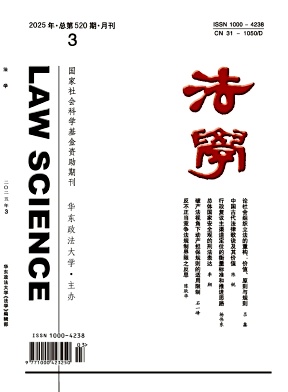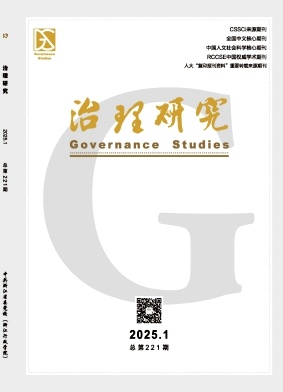導(dǎo)師給的頂刊discussion寫(xiě)作模板太贊了!成功助力發(fā)表了多篇sci論文!
時(shí)間: 分類:SCI論文百科 瀏覽次數(shù):
在英文論文中discussion寫(xiě)作是至關(guān)重要的,所有的討論都只有一個(gè)目的: to tell people what they can know from your research。接下來(lái)在這里分享導(dǎo)師給的討論部分寫(xiě)作模板,肯定有你用得上的地方。

第一步、概括當(dāng)前的研究
在進(jìn)行具體的討論之前,首先需要對(duì)你的current study做一個(gè)回顧。 因?yàn)樽x者讀到discussion這里很有可能已經(jīng)忘記你研究的是啥了,所以需要提醒一下讀者。這里一段話就夠了!
你可以:
再次點(diǎn)出你的研究問(wèn)題(research question)
回顧你的研究方法(methodology)
強(qiáng)調(diào)重要研究成果(key findings) -注意是最核心的研究成果,而不是所有在results部分里提到的結(jié)果
告知讀者discussion的結(jié)構(gòu)(the structure of discussion)
第二步:討論本研究結(jié)果與已有文獻(xiàn)的關(guān)系
此步驟旨在將您的研究結(jié)果與現(xiàn)有文獻(xiàn)中的發(fā)現(xiàn)進(jìn)行比較和對(duì)照。您需要指出您的研究如何支持、補(bǔ)充、挑戰(zhàn)或修正現(xiàn)有文獻(xiàn)中的觀點(diǎn)。
萬(wàn)能模板:
"Our findings align with previous studies (e.g., Smith & Johnson, 2020) in demonstrating that [specific result], further strengthening the body of evidence for [conclusion]."
"However, our results diverge from those reported by Doe et al. (2019), who found [contrasting result]. This discrepancy may be attributed to differences in [methodology/sample size/etc.]."
第三步:討論意外,或者意料之外的發(fā)現(xiàn)
這一部分您需要識(shí)別并討論研究中出現(xiàn)的任何意外或意料之外的發(fā)現(xiàn)。這些發(fā)現(xiàn)可能是新的、有趣的,甚至是對(duì)現(xiàn)有理論的挑戰(zhàn)。
萬(wàn)能模板:
"Surprisingly, we observed [unexpected finding], which was not anticipated based on our hypothesis or existing literature. This unexpected result suggests [possible explanation/implication]."
"An intriguing deviation from our initial expectations was the finding that [specific variable] had a significant impact on [outcome], which underscores the complexity of [phenomenon]."
第四步:闡明本研究結(jié)果與相關(guān)理論模型的關(guān)系
在這里要求您將研究結(jié)果置于更廣泛的理論框架內(nèi),探討它們?nèi)绾沃С帧U(kuò)展或挑戰(zhàn)現(xiàn)有的理論模型。
萬(wàn)能模板:
"Our results provide empirical support for the [theory/model] proposed by Brown (2018), as evidenced by the strong correlation between [variable A] and [variable B]."
"While our findings generally conform to the [theory], they also reveal nuances that warrant further refinement of the model, particularly in relation to [specific aspect]."
第五步:討論本次研究的不足之處
誠(chéng)實(shí)地討論研究的局限性對(duì)于提升研究的可信度和未來(lái)研究的方向至關(guān)重要。您需要識(shí)別并解釋可能影響研究結(jié)果有效性的因素。
萬(wàn)能模板:
"One notable limitation of this study is the relatively small sample size, which may limit the generalizability of our findings. Future research with larger samples is needed to confirm our observations."
"Another potential limitation lies in the [specific methodology] used, which may have introduced bias in our results. Alternative approaches, such as [suggested methodology], could help mitigate these concerns."
通過(guò)遵循上述模板和步驟,您可以構(gòu)建出一個(gè)邏輯清晰、內(nèi)容豐富的討論部分,有效地傳達(dá)您的研究發(fā)現(xiàn)及其意義。
另外,有需要論文潤(rùn)色翻譯請(qǐng)盡情戳我~
基礎(chǔ)潤(rùn)色:主要是糾正拼寫(xiě)、語(yǔ)法、標(biāo)點(diǎn)等規(guī)范性的內(nèi)容,主要起校對(duì)改錯(cuò)的作用;主要針對(duì)非發(fā)表類文章或者論文,適用于語(yǔ)法要求比較嚴(yán)格的各類文章。
深度潤(rùn)色:在基礎(chǔ)校對(duì)的基礎(chǔ)上,確保專有名詞統(tǒng)一,語(yǔ)句表達(dá)準(zhǔn)確、流暢,附一份潤(rùn)色證明。主要針對(duì)非發(fā)表類文章或者論文,比如管科,商科,政史等專業(yè)文章。
sci潤(rùn)色:在深度潤(rùn)色的基礎(chǔ)上,確保語(yǔ)句準(zhǔn)確嚴(yán)謹(jǐn)符合專業(yè)規(guī)范,附查重報(bào)告、潤(rùn)色證明,適合各種專業(yè)普通文章以及期刊類文章。
母語(yǔ)潤(rùn)色:專業(yè)領(lǐng)域的母語(yǔ)專家進(jìn)一步提升文章質(zhì)量和流暢性,確保達(dá)到客戶的要求,附查重報(bào)告、潤(rùn)色證明,英美澳洲外籍編輯,期刊稿件編輯經(jīng)驗(yàn)5年以上,語(yǔ)言表達(dá)句子結(jié)構(gòu)會(huì)更加地道簡(jiǎn)潔,適合各種專業(yè)普通文章以及期刊類文章。
只有做好充足的準(zhǔn)備,sci論文才能更順利的發(fā)表!
- Journal of Alloys and Compounds頂刊中的水刊,年文章量4000+
- 頂刊中的水刊:Chemical Engineering Journal文章格式要求
- 麻醉學(xué)四大頂刊是哪四個(gè)?附帶麻醉學(xué)SCI期刊目錄
- 發(fā)表這些CNS子刊論文,也相當(dāng)于發(fā)了頂刊文章
- Biomaterials Advances屬于頂刊嗎,發(fā)表論文水平怎么樣
- 國(guó)際心血管專業(yè)頂刊European Heart Journal
- 12本SCI1區(qū)頂刊,SCI綜合期刊推薦含金量高
- 肝臟病頂刊Hepatology介紹
- 頂級(jí)SCI期刊除了CNS還有哪些?
熱門(mén)文章閱讀排行榜
- 2025年中科院分區(qū)材料類SCI一區(qū)二區(qū)期刊
2025-09-05瀏覽量:320
- Journal of Alloys and Compounds頂刊中的水刊,年文章量4000+
2025-09-05瀏覽量:669
- 能源領(lǐng)域TOP刊,IF16.3:Renewable And Sustainable Energy Reviews
2025-09-03瀏覽量:373
- 氣候?qū)WSCI4區(qū)期刊:Theoretical and Applied Climatology,研究類文章占比高
2025-09-02瀏覽量:542
- 醫(yī)學(xué)外科2區(qū)SCI期刊:International Journal of Surgery,IF10+,可收綜述論文
2025-09-01瀏覽量:662
- Journal of Attention Disorders影響因子和分區(qū)
2025-08-29瀏覽量:408
- Molecular Catalysis國(guó)人發(fā)文50%,畢業(yè)神刊,1個(gè)月接受
2025-08-28瀏覽量:727
- 頂刊中的水刊:Chemical Engineering Journal文章格式要求
2025-08-27瀏覽量:661
- Journal of applied polymer science化學(xué)3區(qū)期刊,錄用率36%
2025-08-26瀏覽量:595
- 環(huán)境類sci二區(qū)期刊選刊推薦
2025-08-26瀏覽量:467
中文核心期刊推薦
-

-
統(tǒng)計(jì)與決策
級(jí)別:北大核心,CSSCI,AMI擴(kuò)展
ISSN:1002-6487
刊期:進(jìn)入查看
格式:咨詢顧問(wèn)
-
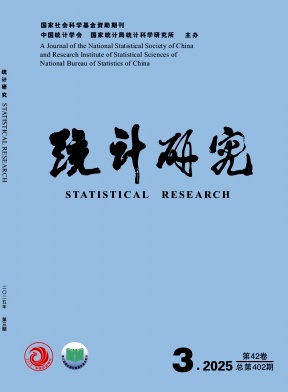
-
統(tǒng)計(jì)研究
級(jí)別:北大核心,JST,CSSCI,WJCI,AMI權(quán)威
ISSN:1002-4565
刊期:進(jìn)入查看
格式:咨詢顧問(wèn)
-

-
中國(guó)人口·資源與環(huán)境
級(jí)別:北大核心,JST,CSCD,CSSCI,WJCI
ISSN:1002-2104
刊期:進(jìn)入查看
格式:咨詢顧問(wèn)
-
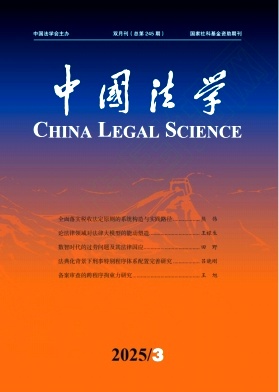
-
中國(guó)法學(xué)雜志
級(jí)別:北大核心,CSSCI,AMI權(quán)威,社科基金資助期刊,
ISSN:1003-1707
刊期:進(jìn)入查看
格式:咨詢顧問(wèn)
-
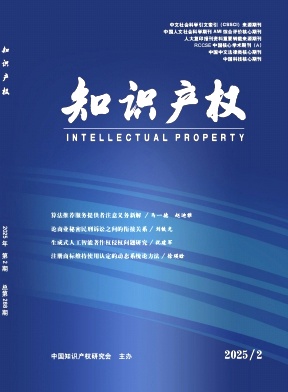
-
知識(shí)產(chǎn)權(quán)
級(jí)別:北大核心,CSSCI擴(kuò)展版,AMI核心
ISSN:1003-0476
刊期:進(jìn)入查看
格式:咨詢顧問(wèn)
-
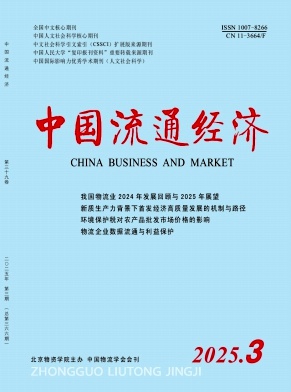
-
中國(guó)流通經(jīng)濟(jì)
級(jí)別:北大核心,CSSCI擴(kuò)展版,AMI核心
ISSN:1007-8266
刊期:進(jìn)入查看
格式:咨詢顧問(wèn)
-
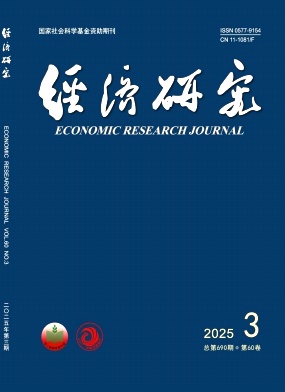
-
經(jīng)濟(jì)研究雜志
級(jí)別:北大核心,CSSCI,AMI頂級(jí),社科基金資助期刊,
ISSN:0577-9154
刊期:進(jìn)入查看
格式:咨詢顧問(wèn)
-

-
高等工程教育研究雜志
級(jí)別:北大核心,CSSCI,AMI核心
ISSN:1001-4233
刊期:進(jìn)入查看
格式:咨詢顧問(wèn)
-
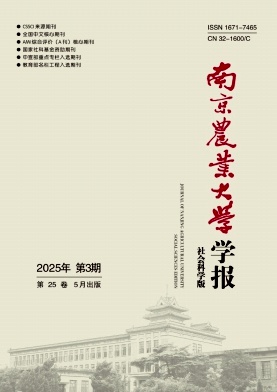
-
南京農(nóng)業(yè)大學(xué)學(xué)報(bào)·社會(huì)科學(xué)版雜志
級(jí)別:北大核心,CSSCI,AMI核心,社科基金資助期刊,
ISSN:1671-7465
刊期:進(jìn)入查看
格式:咨詢顧問(wèn)
-

-
新疆師范大學(xué)學(xué)報(bào)·哲學(xué)社會(huì)科學(xué)版雜志
級(jí)別:北大核心,CSSCI,AMI核心,社科基金資助期刊,
ISSN:1005-9245
刊期:進(jìn)入查看
格式:咨詢顧問(wèn)
SCI核心期刊推薦
-

-
Scientific Reports
數(shù)據(jù)庫(kù):SCI
ISSN:2045-2322
刊期:進(jìn)入查看
格式:咨詢顧問(wèn)
-

-
ACTA RADIOLOGICA
數(shù)據(jù)庫(kù):SCI
ISSN:0284-1851
刊期:進(jìn)入查看
格式:咨詢顧問(wèn)
-

-
Materials Today Communications
數(shù)據(jù)庫(kù):SCI
ISSN:2352-4928
刊期:進(jìn)入查看
格式:咨詢顧問(wèn)
-
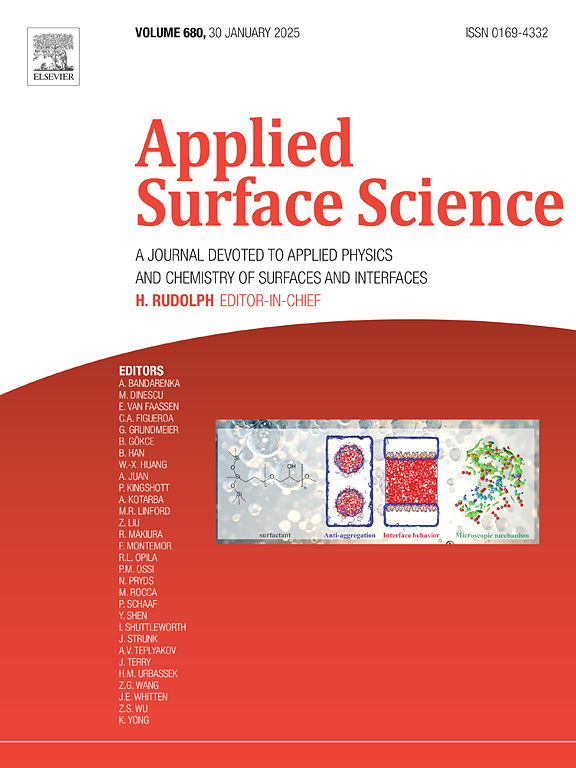
-
APPLIED SURFACE SCIENCE
數(shù)據(jù)庫(kù):SCI
ISSN:0169-4332
刊期:進(jìn)入查看
格式:咨詢顧問(wèn)
-
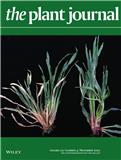
-
PLANT JOURNAL
數(shù)據(jù)庫(kù):SCI
ISSN:0960-7412
刊期:進(jìn)入查看
格式:咨詢顧問(wèn)
-

-
PLANT DISEASE
數(shù)據(jù)庫(kù):SCI
ISSN:0191-2917
刊期:進(jìn)入查看
格式:咨詢顧問(wèn)
-

-
SCIENCE OF THE TOTAL ENVIRONMENT
數(shù)據(jù)庫(kù):SCI
ISSN:0048-9697
刊期:進(jìn)入查看
格式:咨詢顧問(wèn)
-
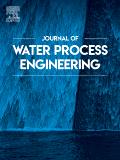
-
JOURNAL OF WATER PROCESS ENGINEERING
數(shù)據(jù)庫(kù):SCI
ISSN:2214-7144
刊期:進(jìn)入查看
格式:咨詢顧問(wèn)
-

-
BMC BIOLOGY
數(shù)據(jù)庫(kù):SCI
ISSN:1741-7007
刊期:進(jìn)入查看
格式:咨詢顧問(wèn)
-
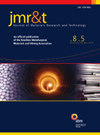
-
Journal of Materials Research and Technology-JMR&T
數(shù)據(jù)庫(kù):SCI
ISSN:2238-7854
刊期:進(jìn)入查看
格式:咨詢顧問(wèn)
